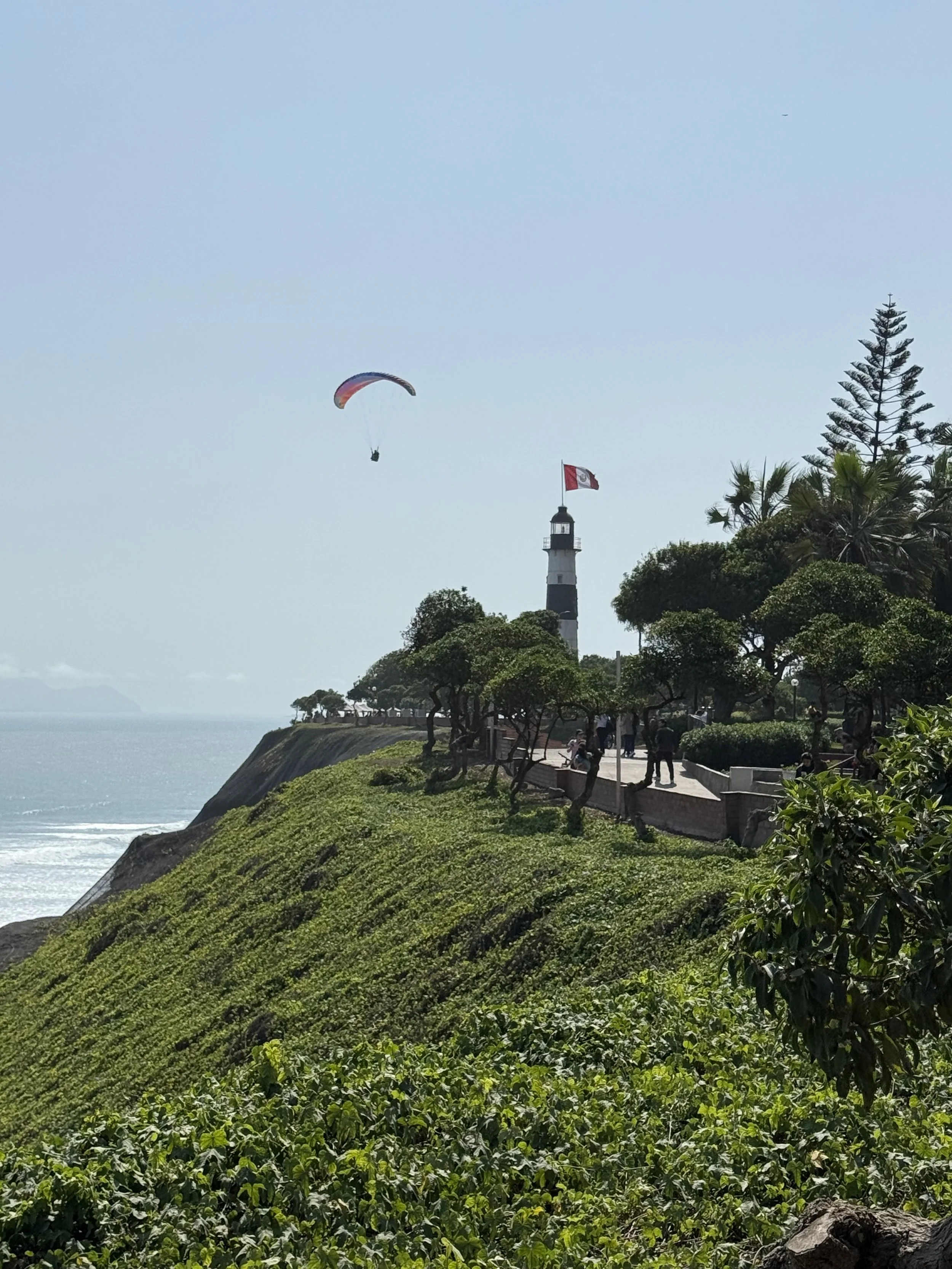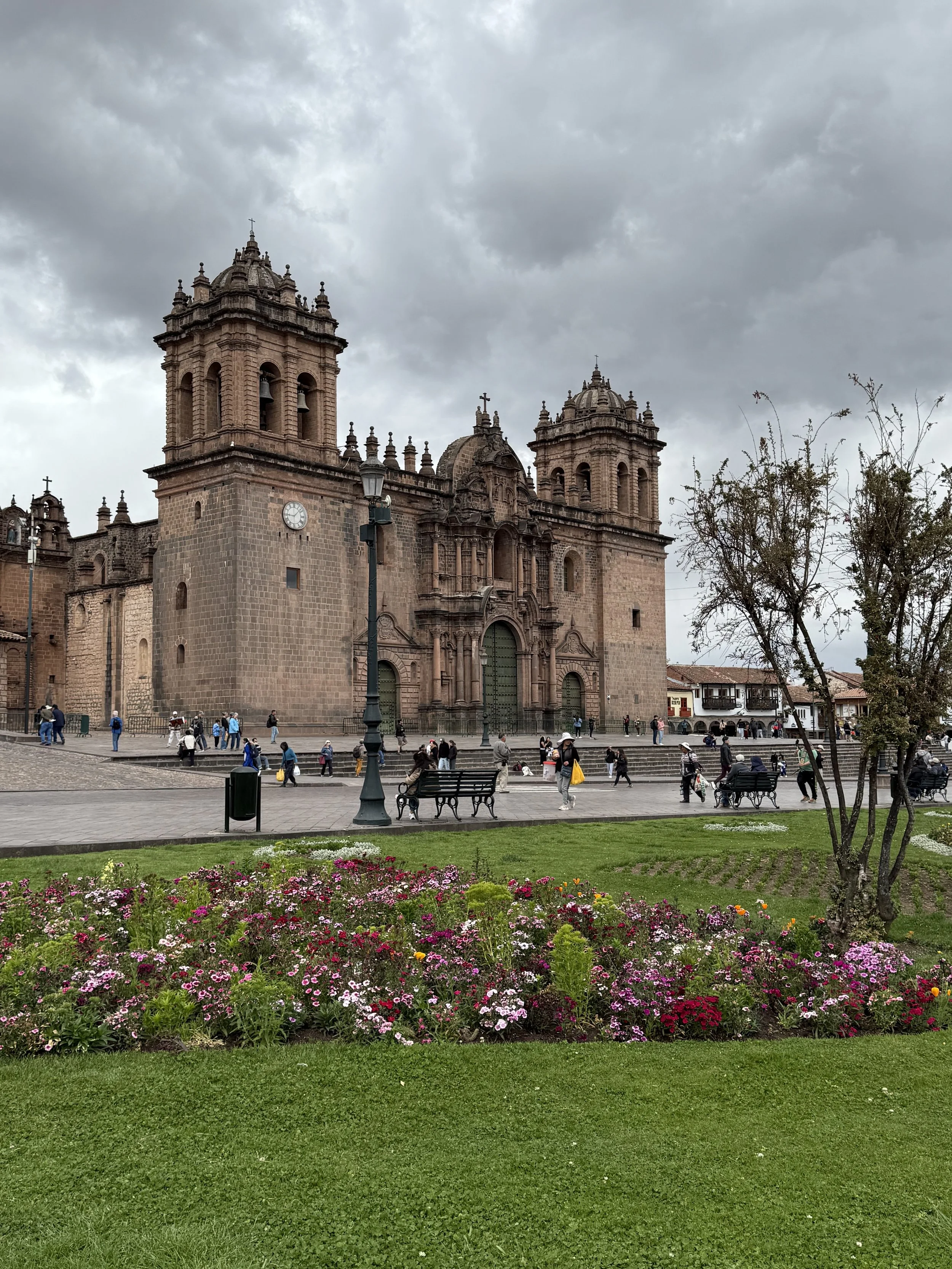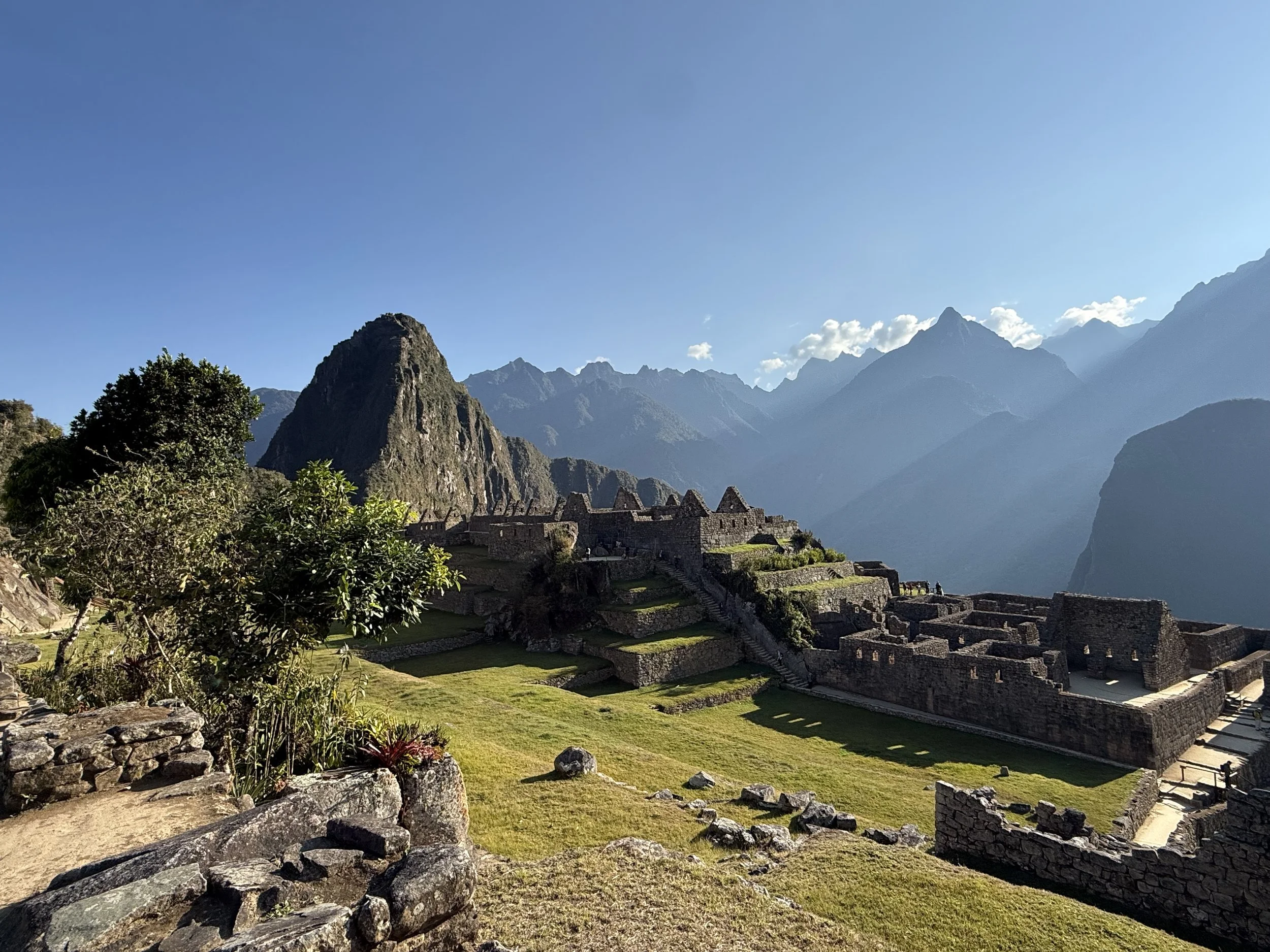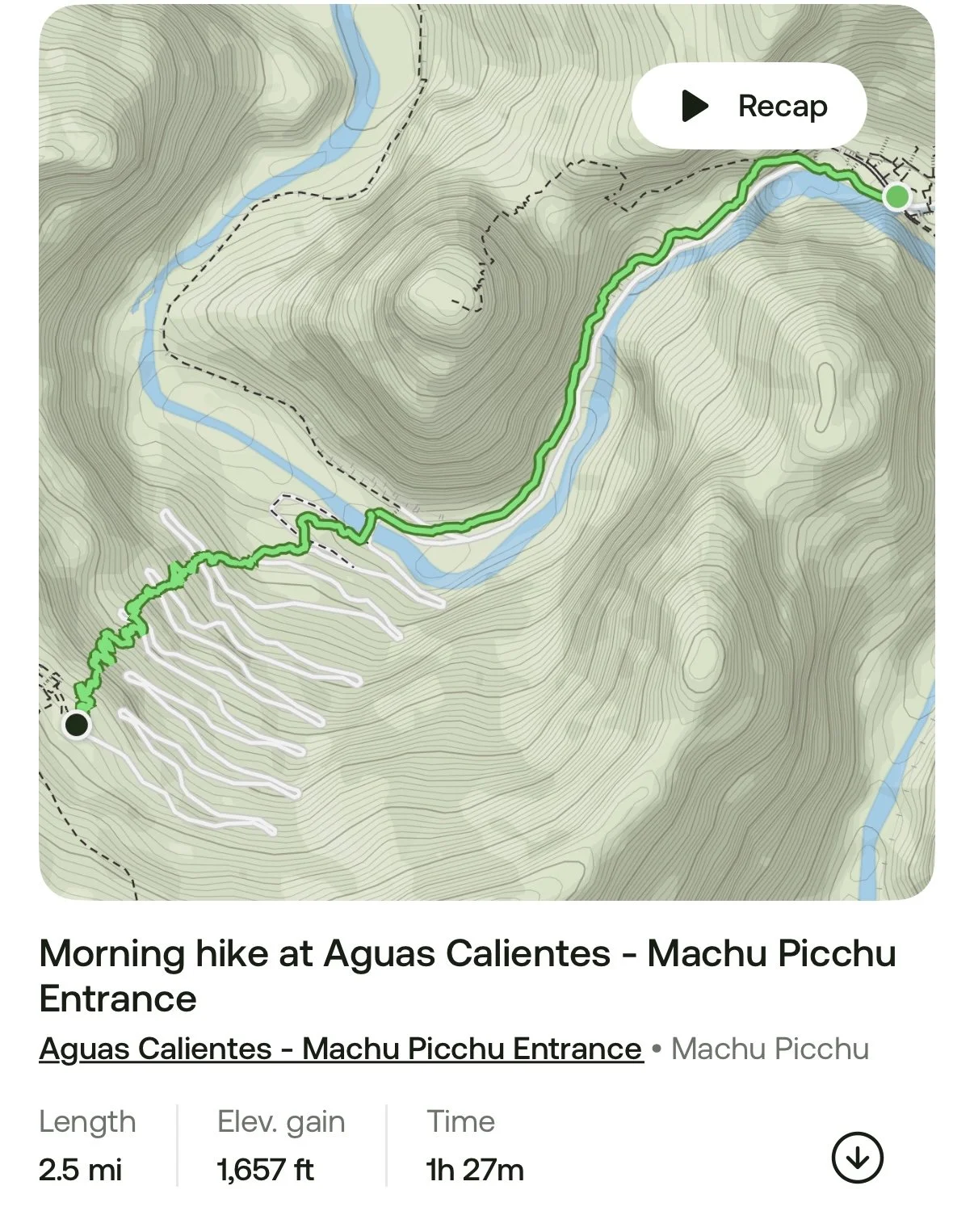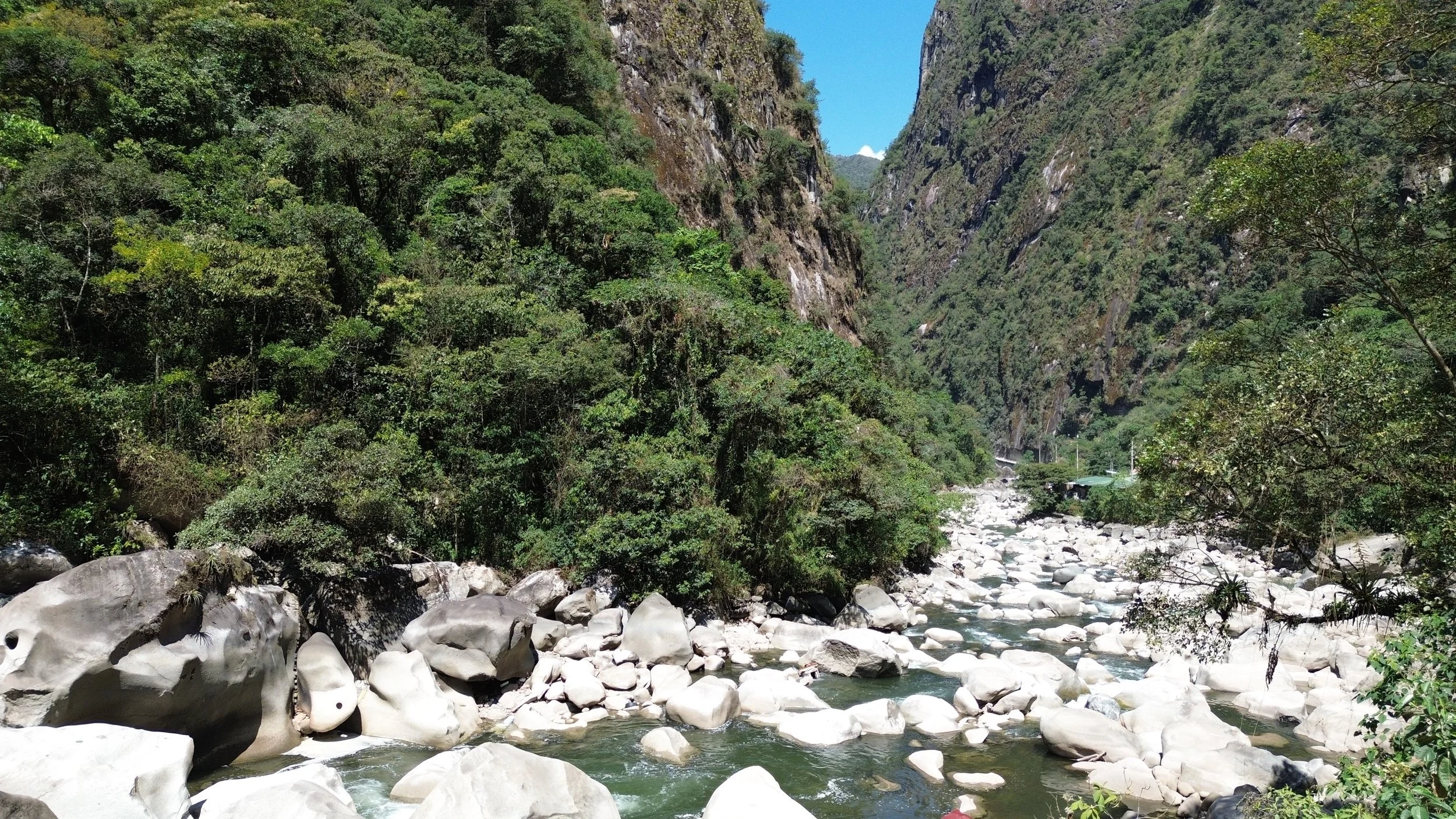Lima
Miraflores: A modern, upscale district perched on coastal cliffs, known for its scenic ocean views, parks, shopping, and the iconic Malecón boardwalk. Perfect for sunset strolls, paragliding, or relaxing in Parque del Amor.
Barranco: Lima’s bohemian heart, full of colorful street art, colonial architecture, and creative energy. Home to hip cafes, art galleries, and the famous Puente de los Suspiros (Bridge of Sighs), it’s the perfect spot for a romantic or artsy wander.
Larco Museum (Museo Larco): Housed in an 18th-century mansion, this world-class museum offers a fascinating look at pre-Columbian cultures, including a renowned collection of ancient ceramics and gold artifacts. Don't miss the erotic pottery gallery—it's one-of-a-kind.
Astrid y Gastón: One of Lima’s most acclaimed restaurants, founded by celebrity chef Gastón Acurio. It offers an elegant, innovative take on Peruvian cuisine, blending tradition with modern flair. A true culinary experience in the heart of the city.
Cusco
Plaza de Armas
The beating heart of Cusco. Spanish colonial architecture rings the square. Key sites like Cusco Cathedral and La Compañía de Jesús are right here. A great place to soak up atmosphere, people‑watch, and get your bearings.
San Blas Neighborhood
Often called the bohemian or artsy quarter. Narrow cobblestone streets, artisan shops, lovely cafés, and a steep climb rewards you with views of the city. A contrast to the more heavily touristed zones, with more local vibe.
Koricancha (Temple of the Sun)
Once the most important temple of the Incas, dedicated to Inti, the Sun God. Its original walls were covered in gold. Later the Spanish built Santo Domingo Convent on top, integrating Inca stonework. Blend of cultures, history, and architecture.
Sacsayhuamán
These massive Inca ruins just above the city are dramatic — huge stone walls, excellent views over Cusco, feeling of stepping back in time. A must for architecture, history, views.
Markets & Local Life
San Pedro Market: for vibrant local flavor — food stalls, produce, crafts, an immersive experience.
Street life, small cafés in San Blas or around historic center, mixing with locals. Walking the alleys, spotting the 12‑angled stone, etc.
Nearby Archaeological Sites & Natural Attractions
The Sacred Valley: Pisac, Ollantaytambo, Moray (terraces), Maras salt mines, etc. Beautiful landscapes + archaeological/historical richness.
Tipón: impressive terraces, waterworks — a quieter, less visited Inca site.
Ausangate region: for high altitude hiking, stunning mountain scenery. If you have time and good acclimatization.
Churches & Colonial Architecture
La Merced Church & Convent, Iglesia de la Compañía de Jesús, Iglesia de La Recoleta, etc. The colonial architecture has been deeply influenced by Spanish conquest, but often built using Inca foundations, stones — interesting blend.
Inca Citadel of Macchu Picchu
Visiting Machu Picchu, the legendary Inca citadel nestled in the cloud forests of the Andes, is a journey that blends history, adventure, and breathtaking scenery.
The Hike Up
From the base town of Aguas Calientes, travelers may opt to bus to the entrance but for the more adventurous, the hike up to Machu Picchu offers a rewarding and authentic entry to the site.
Route: The hike follows a steep, switchback trail that roughly parallels the bus road. It begins at the Puente Ruinas (Ruins Bridge) and ascends about 1,600+ stone steps, taking about an hour depending on your pace.
Tip: Start early (around 4:30–5:00 AM) with a headlamp to reach the entrance by opening time and beat the crowds — the sunrise over the mountains is unforgettable.
Effort level: Moderate to challenging due to elevation, humidity, and steep terrain. But it's safe and well-traveled.
Circuit 2: The Classic, Panoramic Route
Circuit 2 is the most complete and popular route within Machu Picchu. It includes access to the upper and lower terraces, providing stunning panoramic views and up-close encounters with the site's most iconic structures.
Highlights:
Guardian’s House (Casa del Guardián): The classic postcard viewpoint — this is where most iconic photos are taken.
Main Temple & Sacred Plaza: Architectural wonders showing Inca precision and spiritual significance.
Temple of the Three Windows: A finely crafted ceremonial space.
Intihuatana (Sun Stone): Thought to be an astronomical tool — one of Machu Picchu's most sacred elements.
Royal Sector & Temple of the Sun: Reserved for Inca nobility and religious ceremonies.
Agricultural Terraces & Water Canals: Ingenious engineering that kept the site sustainable.
Circuit 2 offers the broadest access to both the ceremonial and residential zones, making it ideal for photographers, history lovers, and first-time visitors who want the most comprehensive experience.
KM 104 Royal Inca Trail
The KM 104 Royal Inca Trail is a shorter version of the classic Inca Trail, offering a one-day hike that concludes at the Sun Gate (Inti Punku) overlooking Machu Picchu. It’s a popular choice for those who want a rewarding Inca Trail experience without the 4-day commitment of the full trek.
Hiking Time: 6–8 hours
Difficulty: Moderate
Permit Required: Yes (same permit system as the full Inca Trail)
Starting Point: KM 104 (Chachabamba), accessible via train
Ending Point: Sun Gate (Inti Punku), followed by descent into Machu Picchu.
Distance: ~10-11 km (~6.8 miles)
Elevation Gain: ~600–800 meters (~2,000–2,600 ft)
Aguas Calientes
Tucked into a lush narrow valley along the Urubamba River, Aguas Calientes (also known as Machu Picchu Pueblo) serves as the final stop for travelers heading to the iconic Machu Picchu ruins. It’s a bustling town surrounded by steep cloud forests and high cliffs, with no direct road connection—access is by train or by hiking.
Hot Springs (“Baños Termales”): Aguas Calientes gets its name from its hot springs. Delightful for relaxing, especially after hiking or exploring. Warm, natural pools set against lush surroundings.
Artisan & Craft Markets: Near the train station and through the town you’ll find stalls selling alpaca textiles, carvings, jewelry, souvenirs. Prices can be high due to the location, so be sure to shop around.
Local food and cafés: From simple Peruvian dishes (such as trout and staples like lomo saltado) to more “international” fare, there is variety in quality and price. Good place to rest, refuel, and soak up local life.
Walking & Nature Trails: Small trails like the Mandor Gardens, nearby waterfalls, and scenic walks along railroad tracks or river banks offer a peaceful contrast to the busy town and ruins.
Practical Tips
Bring cash (soles) as many small vendors and markets don’t accept cards.
Book lodging and Machu Picchu entry well in advance, especially during dry season (April‑October).
Pack light for the ascent to Machu Picchu: water, snacks, sunscreen, rain jacket, good walking shoes.
Stay overnight in Aguas Calientes if possible. That way you can reach Machu Picchu early in the morning (for sunrise) and avoid many of the crowds.
Pallay Punchu, Layo, Canas Province
Nestled in the high Andes, Layo is a remote Andean community and the capital of the Layo District in Canas Province, Cusco Region.
Pallay Punchu (Quechua: “poncho woven,” roughly) is a colorful mountain ridge whose striated hillsides resemble an Andean textile or poncho. The sharp, knife‑like ridges and vibrant mineral colors create dramatic vistas. It’s also called Apu T’acllo, Condor Sayana, or “hill of sharp points.”
Location & elevation: In the Layo District of Canas Province, Cusco region. The summit reaches about 4,700‑4,791 meters (≈ 15,420‑15,720 ft) above sea level.
Stunning natural color bands: reds, purples, whites, ochres, greens—formed by different minerals.
Views over Laguna Langui — a lake near the mountain adds mirror‑like water reflections and dramatic contrasts.
Fewer visitors: because Pallay Punchu is newer on the tourist map, you can often enjoy the scenery with fewer people. More solitude.
Best time to visit:
Dry season (April through October) is best for clear skies and safer trails.
Avoid heavy rain months (November‑March) — slippery terrain, possible low visibility.
Tips for planning:
Spend at least one or two nights in Cusco first to acclimate. Altitude sickness is real.
Tours often depart very early (3–4 am) to catch sunrise, good light, and the calmer part of the day.
Bring cash, snacks, water, warm clothes, rain protection. Also a walking stick helps on steep inclines.
https://www.salkantaytrekking.com/ | https://www.salkantaytrekking.com/peru-treks/pallay-punchu-layo-peru-one-day-tour/

